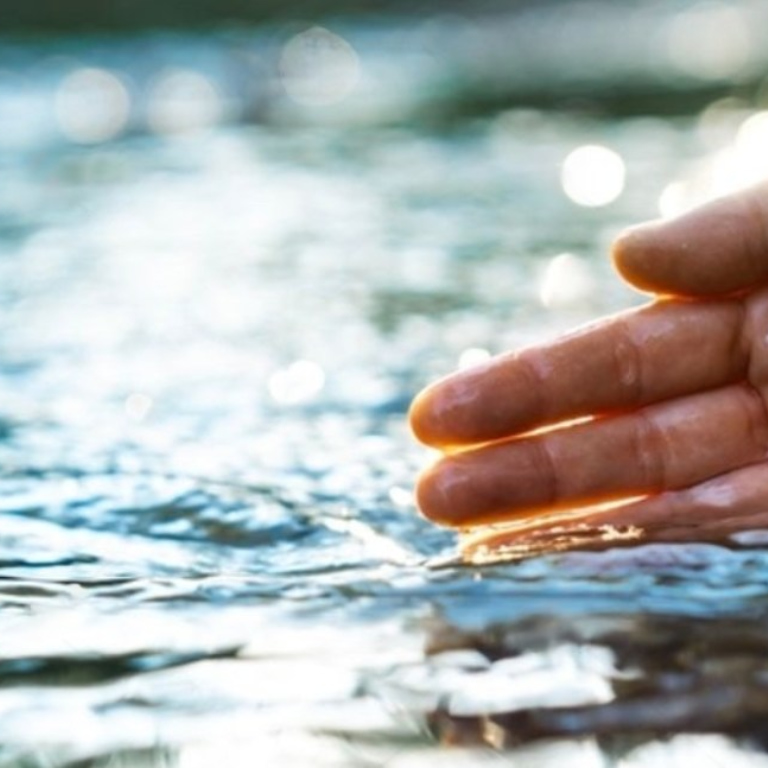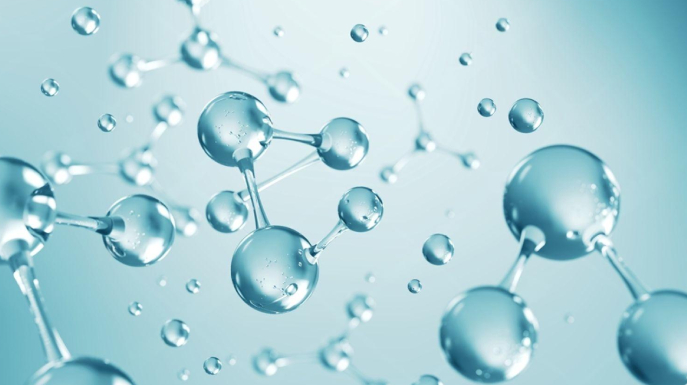About Our Company
SludgeHammer Group Ltd., headquartered in Northern Michigan, has provided highly effective, biologically-driven wastewater treatment solutions to conventional septic systems. At the core, is our proprietary SludgeHammer Blend™ which integrates advanced microbiology into wastewater engineering.
Utilizing an efficient manufacturing and distribution channel across the U.S. and internationally, our licensed trade network serves customers in North America, Europe, Asia, Africa, Australia, and the Caribbean.
10,000+
Successful Installations
“Everyone I dealt with with at The SludgeHammer Group was incredibly pleasant and professional. From the person who answered the initial phone call to the installation team. I can’t say enough about the company! I highly recommend you call the SludgeHammer Group before you call any other septic professional!“
– Katie T.















